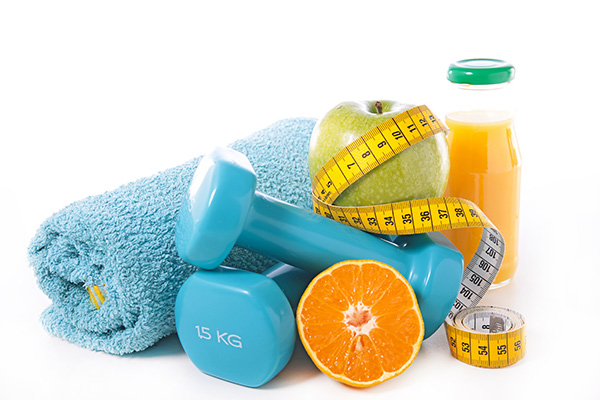10 Tips to Decrease Osteoporosis Risk: What to Know & Avoid
10 Practical Tips to Deal with Osteoporosis
Here are 10 tips to decrease osteoporosis risk and to help you take care of your precious bones:
Know your risk: Osteoporosis is characterized by weakened bones. Certain factors increase your risk of developing the disease. They include family history, gender, age, body type, race, menstrual history, personal history, and lifestyle. Knowing your risk factors can help you make better choices. This is one of the best tips to decrease osteoporosis risk.

- Estrogen deficiency,
- Early menopause,
- Prolonged premenopausal amenorrhea,
- Androgen or estrogen deficiency,
- Calcium deficiency,
- Poor health.
- Vitamin D is increasingly being recognized as a key element in overall bone health and muscle function. It plays a significant role in bone health, calcium absorption, balance (e.g., reduction in risk of falls) and muscle performance.
- The minimum daily requirement in patients with osteoporosis is 800 IU of vitamin D3 or cholecalciferol
- Many patients require higher levels (continuously or for a short period) to be considered vitamin D replete, which is defined as a serum 25-hydroxyvitamin D level of 32 ng/ml. Vitamin D is available as ergocalciferol (vitamin D2).
The goal of the current recommendations for daily calcium intake is to ensure that individuals maintain an adequate calcium balance. Current recommendations from the American Association of Clinical Endocrinologists (AACE) for daily calcium intake are as follows.
- Age 0-6 months: 200 mg/day,
- Age 6-12 months: 260 mg/day,
- Age 1-3 years: 700 mg/day,
- Age 4-8 years: 1,000 mg/day,
- Age 9-18 years: 1,300 mg/day,
- Age 19-50 years: 1,000 mg/day,
- Age ≥50 years: 1,200 mg/day,
- Pregnant and breastfeeding women ≤18 years: 1,300 mg/day,
- Pregnant and breastfeeding women ≥19 years: 1,000 mg/day.
Limit the red: Studies have shown that diets similar to the Mediterranean style of eating may play a role in bone protection. Mediterranean diets typically include limited red meat, moderate fish and dairy, and high amounts of olive oil, fresh vegetables, and fruit. Limiting red meat in your diet is one of the tips to decrease osteoporosis risk.
- Adequate intake of sodium,
- Adequate animal protein in a diet,
- Adequate Vitamin K status,
- Dietary phytoestrogens derived from soy products and legumes (exert estrogenic activity).
Lift your weight: Weight-bearing exercise is essential to your bone health. Weight-bearing activities include dancing, walking, or playing tennis or volleyball. Try to get in a weight-bearing activity for at least 20 minutes, four times a week. It's good for your mood and is one of the tips to decrease osteoporosis risk!
- A combination of weight-bearing and strength training exercises are most effective. Even just walking or jogging regularly can help prevent osteoporosis.
- A walking program is the best way to start; activities like dancing, aerobics, racquet sports, running and the use of gym equipment are also recommended, depending upon the patient’s preference and general condition.
- Exercise has the beneficial effect on neuromuscular function and improves coordination, balance, and strength, thereby reducing the risk of falling.
- Weight-bearing exercises should be started at early age.
- Exercise habits should be consistent, at least three times a week as a more substantial effect on bone mass is likely if exercise is continued over a long period of time.
- The beneficial effect wanes if exercise is discontinued.
Avoid alcohol and certain drugs that accelerate bone loss: We don't know exactly why, but alcohol in amounts of more than 3 ounces per day increases the risk of fragile bones. Avoiding excessive intake of alcohol is one of the tips to decrease osteoporosis risk.
- Anticonvulsants (phenytoin, carbamazepine, phenobarbitone, valproate),
- Heparin,
- Lithium,
- Chemotherapeutic agents,
- Cyclosporine,
- Systemic steroids,
- Thyroxine supplements,
- GnRH agonist,
- Aromatase inhibitors.
Avoid smoke: Smoking decreases circulation. Less blood flow means decreased calcium absorption and slower bone formation. The avoidance of smoking is one of the tips to decrease osteoporosis risk.
Man up: If you're male, you may also be at risk. Studies show that men over 50 also suffer fractures due to osteoporosis. Osteoporosis is not just a woman's disease, so men also need to pay attention to tips to decrease osteoporosis risk!
You might also like to read:
- Spine Surgery,
- Spine Surgery Overview.






